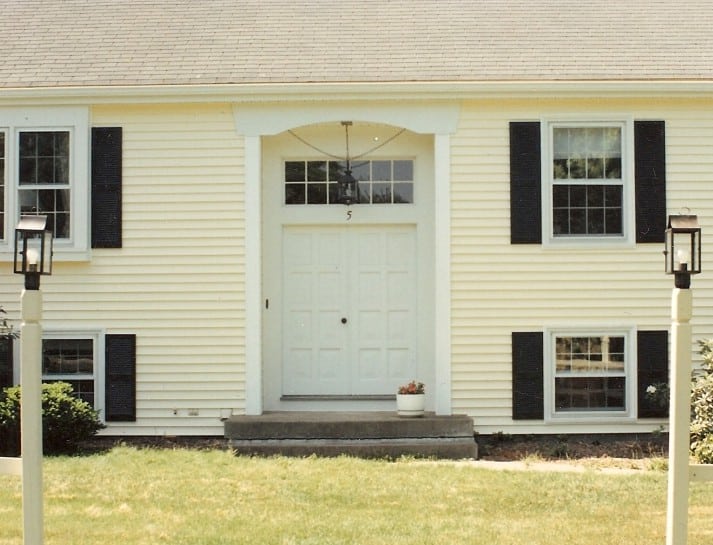What Are the Benefits of and How To Use a Smart Thermostat?

If you have kept up with any of the latest trends in modern technology, you may have heard of “smart” thermostats. Of course, the name alone doesn’t tell you much. It seems like there’s a “smart” version of everything these days. Smartphones, smart refrigerators, smart cars, and so many others. But is it really worth it to spend the extra money on some technological bells and whistles? In the case of smart thermostats, we think it is. However, you need to take the time to understand how to use them correctly.
What Is a Smart Thermostat?
Thermostats have been a fixture in modern homes for decades now, and their primary purpose hasn’t changed much: they tell you what the temperature is. By doing this, they allow you to adjust your heater or air conditioner to the ideal level. Traditional thermometers are very simple: they utilize mercury to inform you of the current temperature inside the home. This was an amazing piece of technology when it was first introduced, but today, it’s considered to be somewhat inaccurate.
A more modern—if still outdated—type of thermometer is the digital one. They give you a more accurate reading of the ambient temperature, and they have certainly been popular for many years now. However, they can’t do much more than give you an idea of how hot or how cold it is. More recently, programmable thermostats have come into vogue: these allow you to set the temperature to what you want and to adjust it as you see fit.
Smart thermostats are the next step up from all of these older, outdated versions of this technology. They do a lot more than just read the temperature in the room. They can also read other details, such as the ambient humidity. Once you’ve set the temperature to what you prefer a few times, they can “learn” your preferences and continuously keep your home comfortable, without you having to do much beyond the initial setup.
Smart thermostats also connect to Wi-Fi so that you can control them remotely. You’ll be able to adjust your home’s climate using only your tablet, smartphone, or laptop. You can also get detailed information about your home’s energy usage sent to your phone in real-time.
What Are the Benefits?
There are many benefits that smart thermostats offer over their less-advanced cousins. The added convenience is worth the price tag alone. The fact that you can remotely adjust your home’s climate means that you’ll save time, which you can then devote to other things. It also means you can turn on the heater or air conditioner while you’re on your way home so that it’s at your desired temperature by the time you arrive.
More advanced versions of the smart thermostat can even sense and adjust the temperature in individual rooms. Many homes have rooms that are regularly hotter or colder than other parts of the house, so this ability in your thermostat can be a real godsend.
Some smart thermostats even have Alexa or other smart speaker systems built-in, so you can give them voice commands. Simply tell your thermostat to turn the AC when you’re feeling hot; if it’s too cold, tell it to adjust the temperature by a few degrees.
The fact that smart thermostats can provide you with regular digital readouts of your home’s energy usage will help you save a lot of money in the long run. You can always adjust your thermostat for maximum efficiency. The government’s ENERGY STAR® website explains how this type of technology will save you money. It can make adjustments to your home’s temperature levels when you’re asleep and when you’re not home in order to use less energy, which will translate into cost savings for you.
Smart thermostats can also provide you with diagnostic readouts of your entire HVAC system. That way, if anything breaks down or otherwise stops working, you can get it fixed by a professional from Watts Heating & Cooling immediately.
How To Use a Smart Thermostat
With all of these benefits, you may be imagining that a smart thermostat is dazzlingly complex and comes with a steep learning curve for its use. This isn’t the case; however, getting the maximum benefits out of your thermostat does require a certain level of understanding of the technology.
First, and most importantly, you need to make sure that whichever thermostat you purchase will actually work with the HVAC system you have in place. This isn’t a given because not all systems are compatible. Talk to your heating and cooling professional if you’re unsure about this.
You’ll have to choose a spot on a wall to install your thermostat. Needless to say, this should be somewhere that’s easily accessible so you can make adjustments as necessary. After it’s installed, you’ll then have to spend some time setting up your smart thermostat.
Understanding how to use a smart thermostat means understanding the limits of what the technology is capable of: while these thermostats can “learn” your preferences and habits, they tend to do better if you give them as much information as possible when you start. Enter your schedule, as far as you know it, your temperature preferences, and any vacations you may have planned. Over time, the thermostat will utilize this information to hone its ability to keep your home at a temperature you are happy with.
Finally, get in the habit of regularly checking the reports from your thermostat. Learn to find out if your HVAC system is becoming less efficient. In this way, you’ll be able to tackle problems as they occur and contact your HVAC professional if any repairs are required. Over time, this diligence will help save you a great deal of money on your energy bill.
GET A FREE ESTIMATE
HOMES, IMPROVED
SERVICE AREAS
Avon
Weston
Bristol
Burlington
Canton
Farmington
Glastonbury
Granby
Manchester
Newington
Simsbury
South Windsor
Suffield
West Hartford
Wethersfield
Windsor
And surrounding communities
HAVE A QUESTION?
Click here to request a free estimate






















